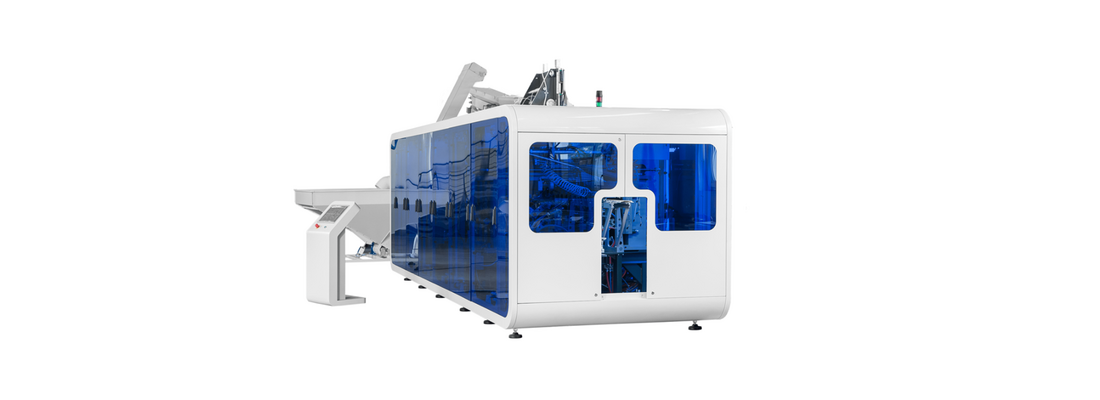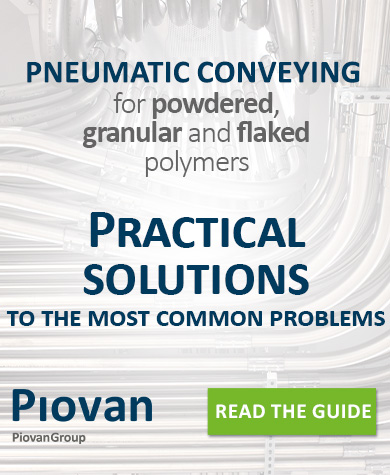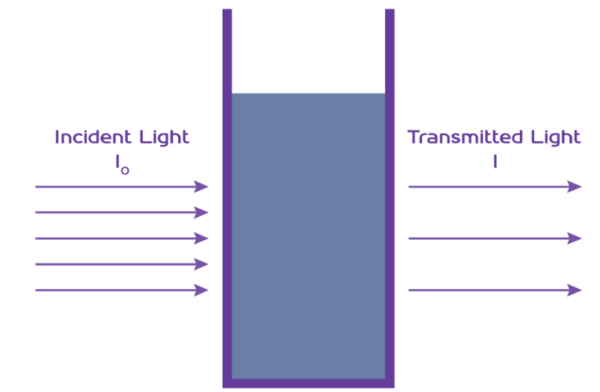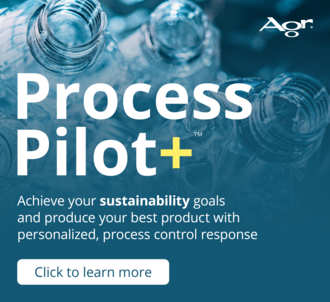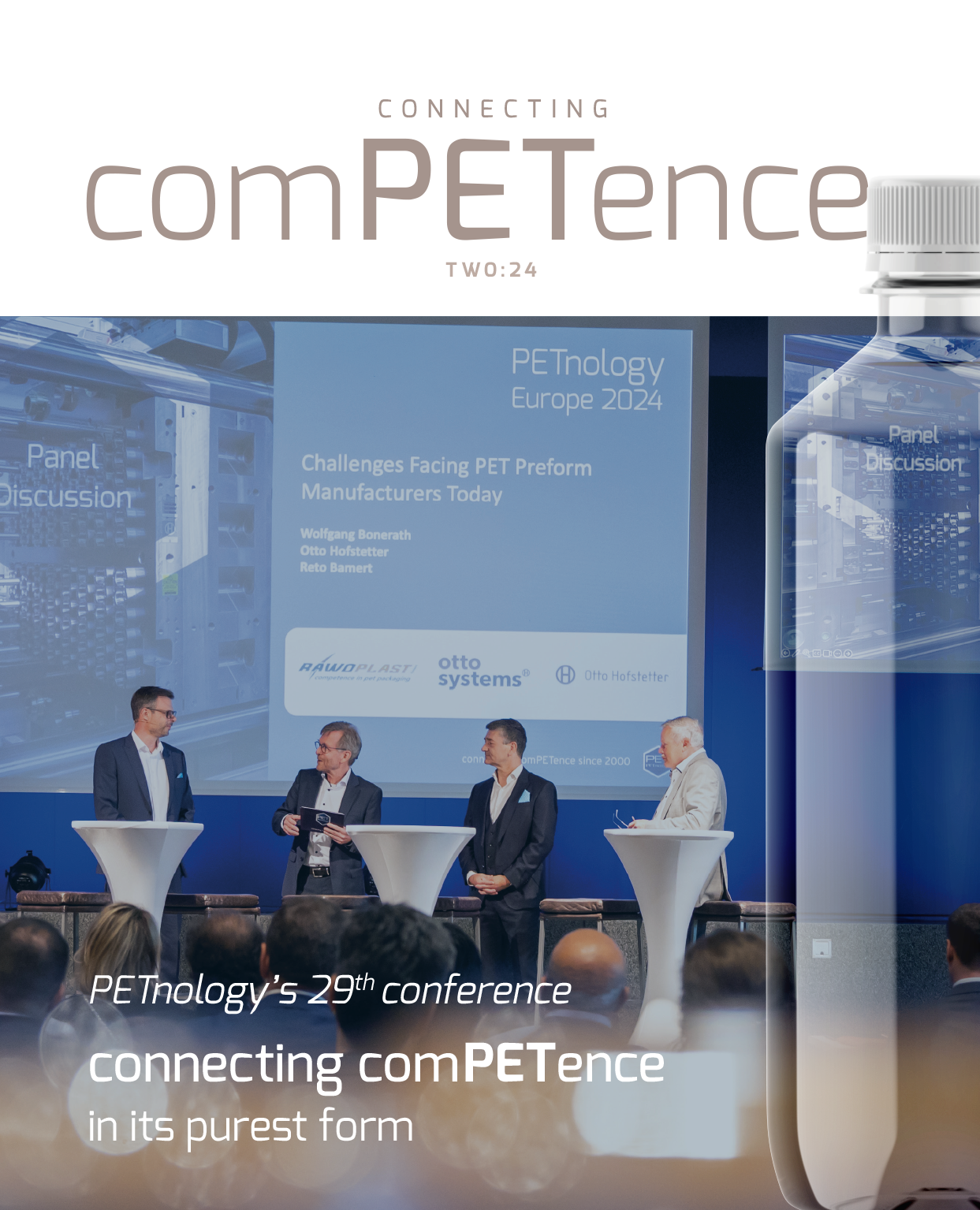NIR radiation is applied to various stages of PET bottle lifecycle: from pallets and preform injection to bottle blow molding and its recycling. The global trend to switch to rPET contributes to it. We will see why.
IR radiation & thermoplastic polymers
PET, or plastic #1 according to recycling symbol, is a thermoplastic polymer belonging to the polyester group. It is fully recyclable and widely used to produce bottles for beverages and jars for food, containers for vegetable oil and vinegar, household chemicals and cosmetics.
Polyethylene terephthalate is often recycled into fibers, sheets, fabrics and definitely in new PET packaging. In natural state, the resin is colorless, semi-crystalline, highly flexible. Once processed, it can be semi-rigid and rigid.
Being thermoplastic polymer, heat impact leads to its softening and deformation. In bottle manufacturing, a PET preform once heated and passed to the mold, takes the shape of the latter. Thus, it is difficult to overestimate the importance of the heating system of reheat PET stretch blow molding machine and lamps in particular.
Infrared lamps emit a wide range of frequencies. There are 3 types of infrared radiation:
- Wave number near infrared with frequencies of 2500-714 nm (4000-14,000 cm-1)
- Wave number mid infrared with frequencies of 25 000-2500 nm (400-4000 cm-1)
- Wave number far infrared with frequencies of 2 500 000-25000 nm (4-400 cm-1)
NIR lamps & bottle blow molding
Different wavelengths interact with different compounds in different ways. Each type is defined either by the source of light to trigger an interaction between constituent wavelengths and compounds present in the sample, or the electromagnetic spectrum field analyzed. IR and NIR Spectroscopy both fall into the latter category.
Both IR and NIR Spectroscopy use spectral data to characterize matter. The main difference is the field of the electromagnetic spectrum studied. NIR Spectroscopy focuses on the 714 nm to 2500 nm range. This is just outside the range normally visible to the naked eye.
Found in the 19th century, the near infrared energy found its industrial application only in the mid-20s century. Is was used as add-on unit for other optical devices. In the 21st century its application expanded to PET stretch blow molding. PET Technologies is among the leaders in the field.
Near infrared radiation perfectly penetrates PET and reheats PET preforms. In fact, the radiation in the NIR range can penetrate the PET samples completely to a depth. Beer-Lambert Law is the main principle and the basis for the different methods of spectrophotometry, including NIR spectroscopy. According to it, the amount of light absorbed by a sample (in our case, it is PET preform) is directly related to the volume of sample the light passes through and the concentration of the sample.
The importance of NIR technology is difficult to overestimate for manufacturing of such PET bottles as:
- Asymmetric bottles;
- Refillable / returnable bottles;
- Hot fill bottles;
- Cylindrical bottles at high speed;
- Color PET bottles
The heating process is faster in comparison with the conventional infrared (IR) system. It reduces energy consumption and permits to design a smaller (shorter) heater of the PET stretch blow-molding machine. The equipment has smaller footprint and is easier to transport.
Case study
PET Technologies with 24 years of experience in the industry was among the first companies that adapted NIR heating to the linear PET stretch blow molding machines. The innovative series of blow molders APF-Max is among the first SBM machines of linear type where it was implemented!
It is compact and has a user-friendly concept. The machine has high output while its dimensions are more compact.
The advantages of NIR heating system for PET bottles production:
- Uniform temperature distribution between the inner and outer parts of preform wall
- Reduced heating time
- Compact heater size
- Reduced energy consumption of blow molder.
Automatic temperature regulation is on the top of the story.

